1. The Mysterious Nazca Lines Are Still Being Debated
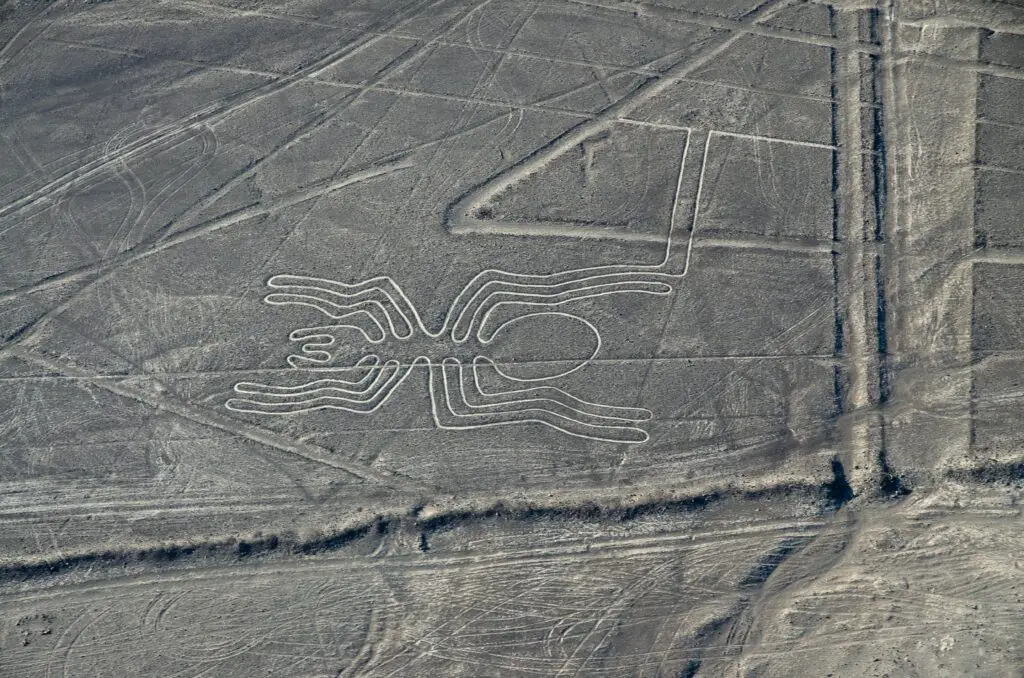
You’ve probably heard of the Nazca Lines, those giant etchings in the desert that can only be fully appreciated from the air. Tour guides often make them sound like a grand mystery, but the truth is, nobody really knows their purpose for sure. Some say they were created by ancient astronomers to track the stars, while others believe they were made for ceremonial purposes. What’s even stranger is that the lines are so massive that it’s hard to fathom how the creators could have seen the final result. The lack of written records has left archaeologists scratching their heads shares the New York Times.
The most peculiar part? Despite decades of research, no one has yet figured out exactly how the Nazca people managed to make such precise lines with limited technology. Some theories even suggest extraterrestrial involvement, though most people just chalk it up to ancient ingenuity. The lack of conclusive answers only adds to the mystique. As you gaze out at the vast landscape, it’s hard not to feel a little uneasy, wondering if we’ll ever truly understand the lines’ purpose adds the Guardian.
2. The Sacred Valley’s Hidden Waterways
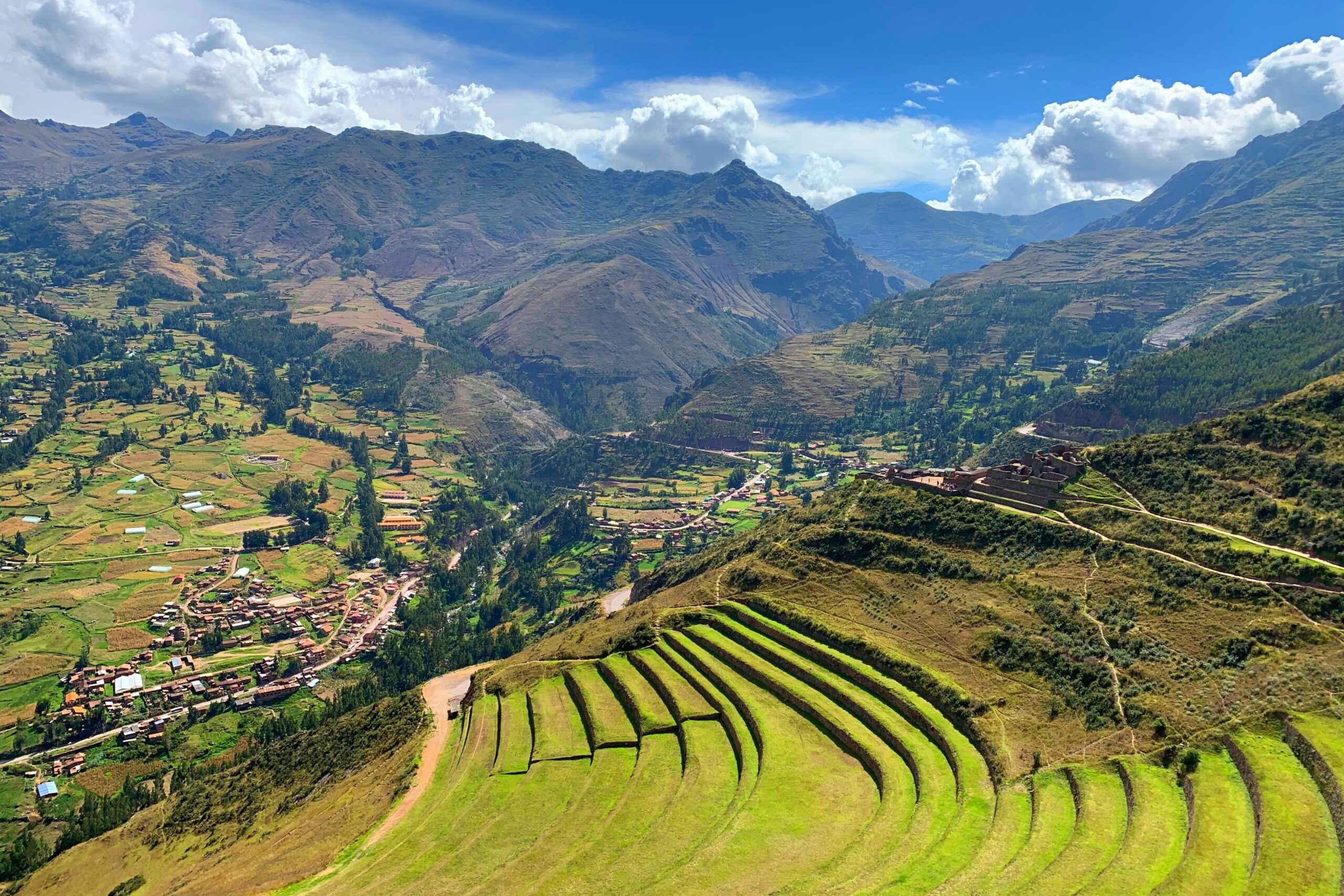
The Sacred Valley in Peru is renowned for its beauty, but did you know it has a hidden water system running beneath the ground? While many tourists are familiar with the famous Incan ruins of Ollantaytambo, few realize that the ancient Incas designed an intricate underground irrigation system. This system, cleverly concealed beneath the surface, allowed them to transport water to remote agricultural areas says Business Insider.
Even more fascinating is that some of these underground channels are still functional today. Modern archaeologists have only recently begun to study these ancient water systems, and many of the original stonework still stands, perfectly preserved. It’s one of those details that often gets overlooked by tour guides, but once you know about it, you can’t help but wonder how much ancient knowledge still lurks beneath the valley says Wikipedia.
3. The Incan Road System: Not Just a Path to Machu Picchu
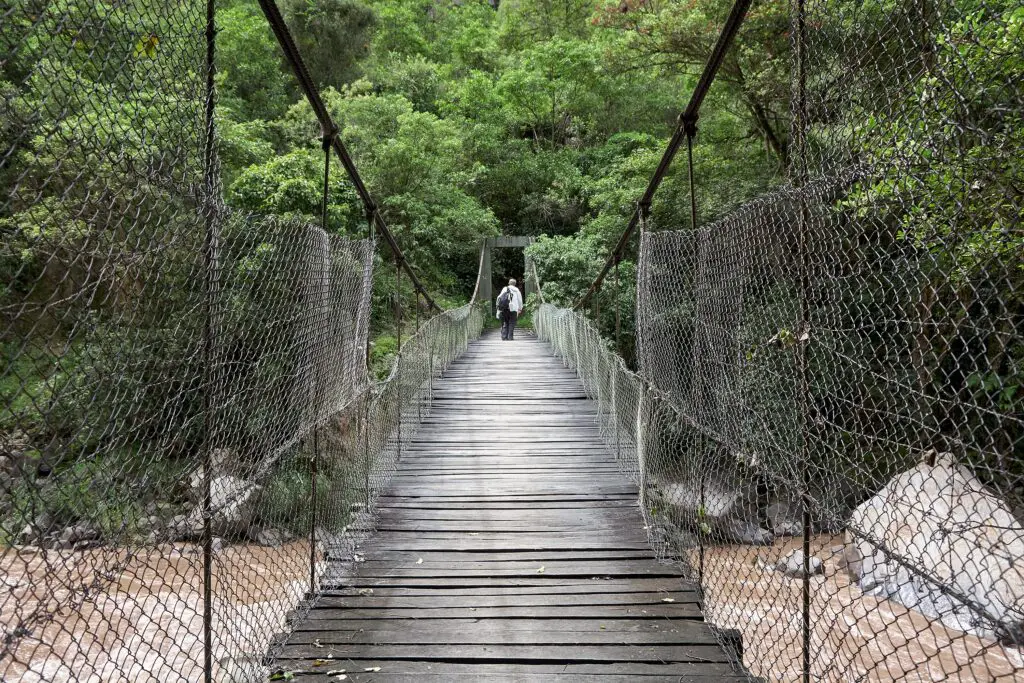
When people think of the Inca Trail, they usually imagine a long, arduous hike to Machu Picchu. But the Incan road system, which stretches over 25,000 miles, is a far greater engineering feat than that. The roads were designed to connect the vast Incan Empire, which spanned across modern-day Peru, Ecuador, Chile, and Argentina. The Incas were incredible road builders, utilizing advanced techniques like suspension bridges and terraced paths to navigate difficult terrains.
What most guides don’t mention is that the Inca roads also had rest stops, which were strategically placed to ensure that travelers could maintain their stamina. These “tambo” stations were not just places for food; they were also cultural hubs where people could exchange news, trade goods, and even rest with their llamas. The sophistication of the Incan road system is often understated, but its legacy continues to impress visitors who venture beyond just the classic Machu Picchu route.
4. Peru’s Colca Canyon: Deeper Than the Grand Canyon
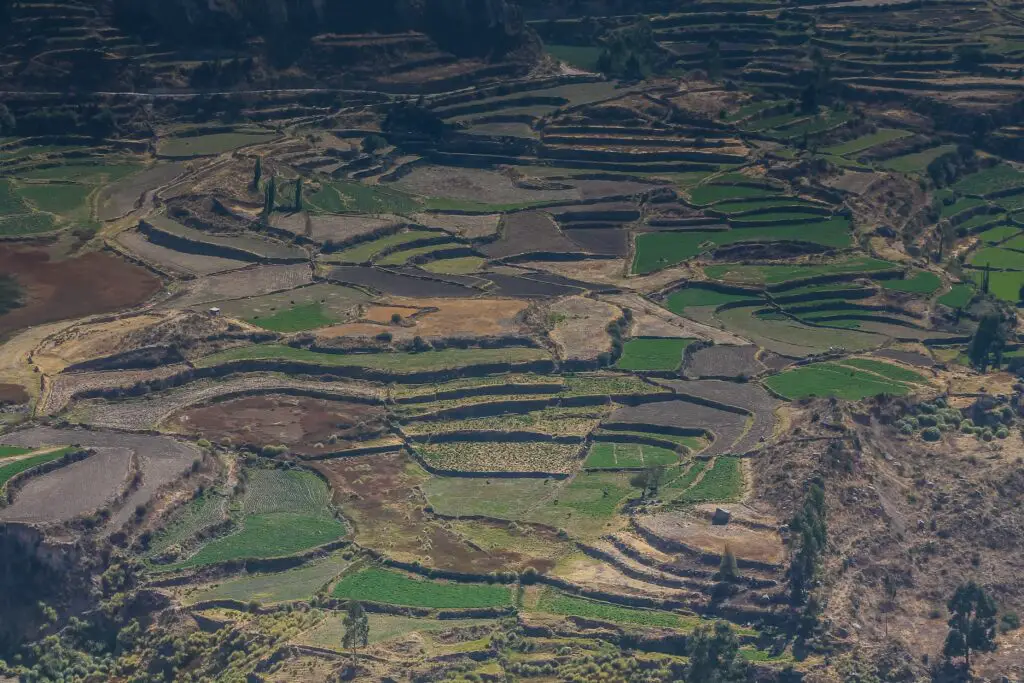
The Colca Canyon, located in southern Peru, is one of the deepest canyons in the world—deeper than the Grand Canyon by over a mile. Yet, many tourists who visit Peru don’t realize the true scale of this natural wonder. The canyon is not just a scenic destination for hikers, it’s also home to some of the most dramatic landscapes you’ll ever see. The views are jaw-dropping, with vast cliffs, jagged rocks, and terraced fields cultivated by the ancient Collagua and Cabana peoples.
What often gets glossed over is the rich history surrounding the canyon. The area is dotted with small villages, many of which have kept their traditions alive for centuries. Some of the locals still wear traditional clothing, and their way of life revolves around agriculture, just as it did hundreds of years ago. When you visit, it’s easy to get caught up in the beauty of the scenery, but it’s important to remember that the canyon is not just a natural marvel; it’s also a living testament to Peru’s enduring cultural heritage.
5. The Floating Islands of Lake Titicaca Aren’t What They Seem
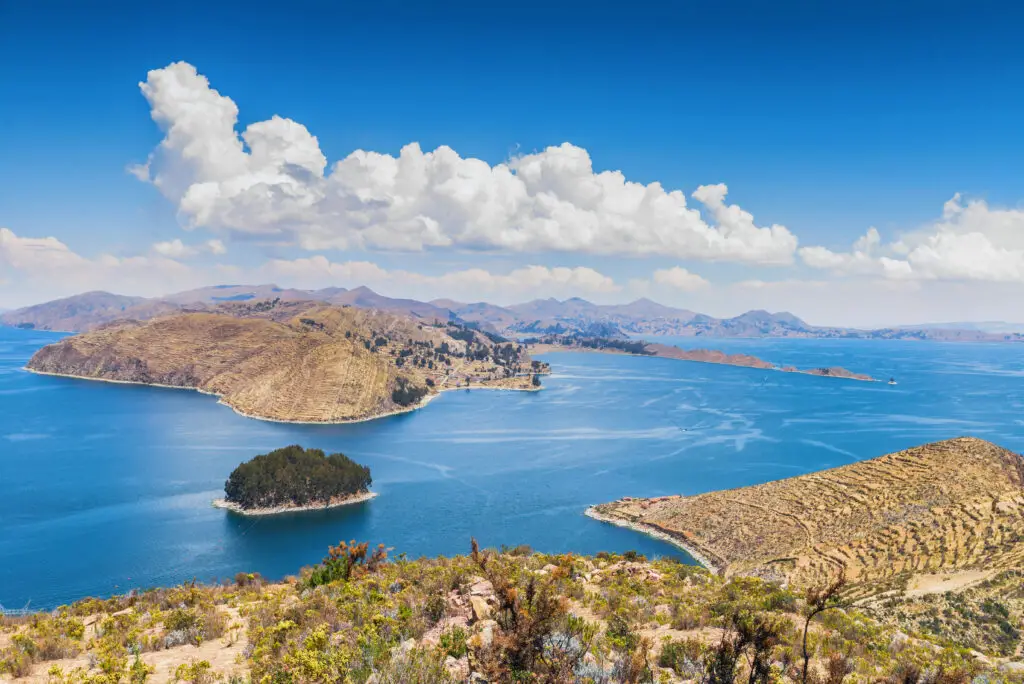
One of the more peculiar things you’ll encounter in Peru is the floating islands of Lake Titicaca, where locals live on islands made entirely of reeds. While the sight is certainly awe-inspiring, it’s easy to overlook the fact that the islands aren’t entirely natural. They’re built and maintained by the Uros people, who have been living on these artificial islands for centuries. The reeds they use to construct their homes and boats are a vital part of their ecosystem and culture.
What you won’t hear often from guides is that the islands are becoming increasingly unstable due to climate change and human activity. Rising water levels and pollution are taking a toll on these delicate islands, threatening the very way of life that has persisted for so long. Visitors are often so entranced by the idea of floating islands that they miss the underlying issues affecting the community. The Uros people’s ability to adapt to their environment is impressive, but it’s also a reminder of how fragile traditions can be in the face of modern challenges.
6. Peru’s Mummies: More Common Than You Think

Mummies are a popular part of Peru’s archaeological allure, but many guides don’t explain just how common mummification was in ancient Peruvian cultures. In fact, mummification was practiced by numerous pre-Incan civilizations, including the Nazca, Paracas, and even the Incas. What’s even more unusual is the way these mummies were preserved. The Paracas, for example, would wrap their dead in elaborate textiles and position them in fetal positions to ensure that they would be reborn in the afterlife.
But it’s not just the mummies that are interesting; it’s where they’ve been found. Many of them were discovered in tombs that were hidden beneath the earth for centuries. These tombs often contained not just the mummies but also intricate offerings like pottery, textiles, and even food. What guides often leave out is the fact that the burial sites are still being discovered, and new finds are constantly reshaping our understanding of ancient Peru.
7. The Unseen Secret of Machu Picchu: It’s Not Incan
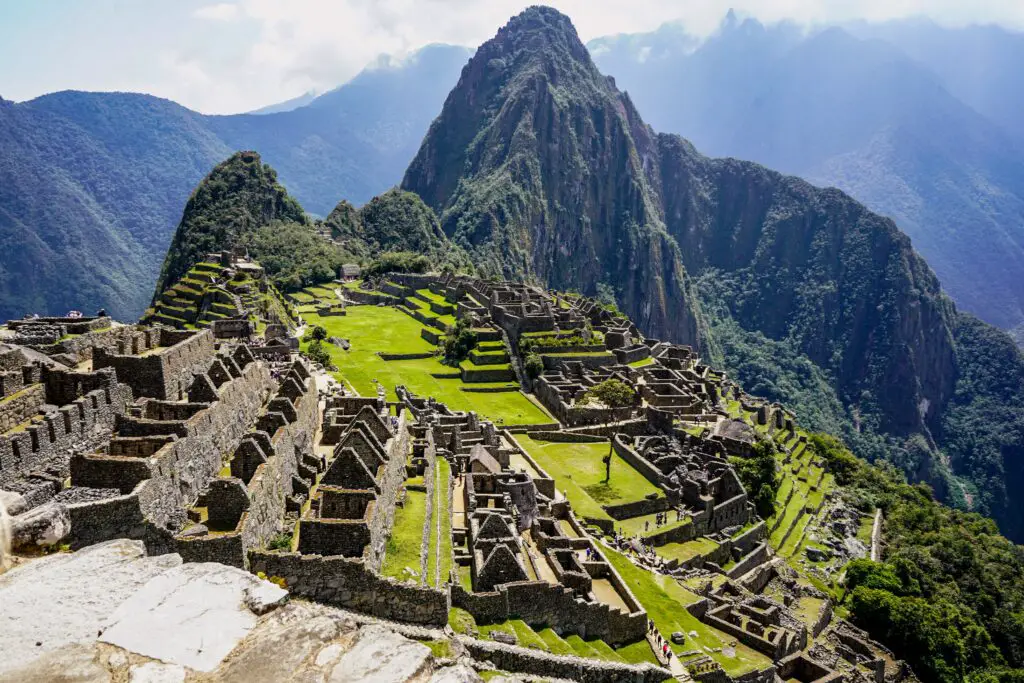
It’s a well-known fact that Machu Picchu is one of the most iconic sites in Peru, and many people visit it expecting to see a quintessential Incan city. However, a lesser-known detail is that there’s actually no concrete evidence that the Incas ever lived in Machu Picchu. Many scholars believe that the site was built by the pre-Inca culture known as the Wari, long before the Inca Empire rose to power.
What adds another layer of mystery is the lack of written records from the time, meaning that much of the site’s true history is still open to interpretation. Tour guides will usually stick to the popular Incan narrative, but the truth is far more complex. While it’s clear that the Incas had a significant role in the site’s later history, Machu Picchu’s origins are much murkier than most people realize.
8. The Peruvian Amazon’s Uncharted Territory
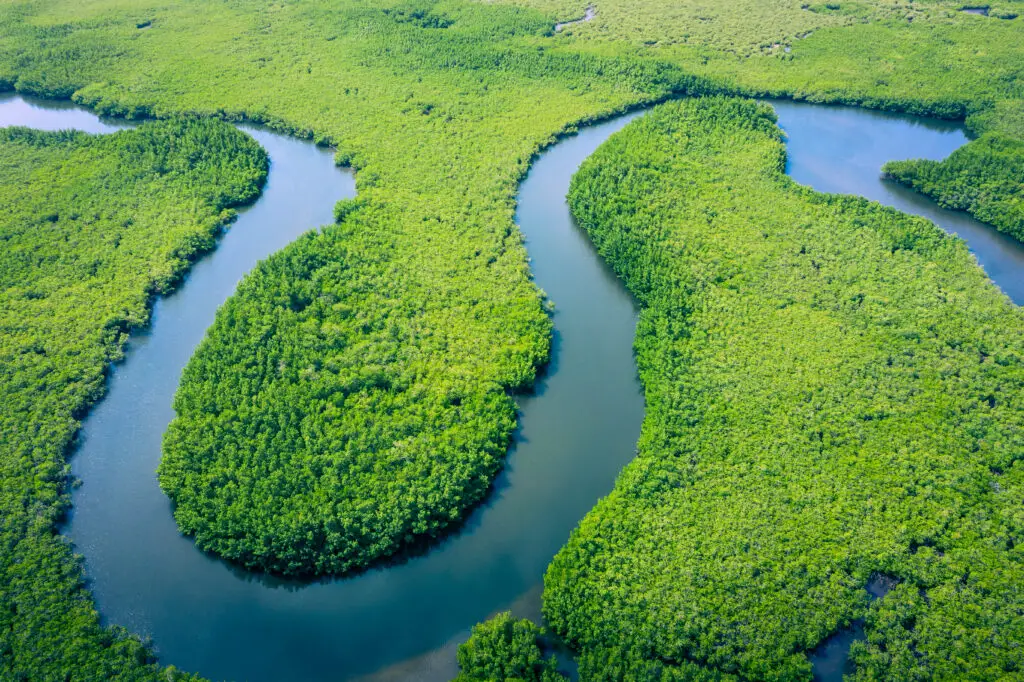
The Amazon rainforest in Peru is one of the most biodiverse places on Earth, but it’s also one of the least explored. There are vast sections of the jungle that remain completely uncharted, and researchers are only beginning to uncover the many hidden species that inhabit it. What guides often don’t mention is that the majority of the rainforest is still largely untouched by modern development, and in some parts, human presence is almost nonexistent.
There’s a haunting beauty in knowing that these remote areas of the Amazon have been virtually unchanged for thousands of years. Indigenous tribes still live in harmony with the forest, many of them continuing traditions passed down for generations. The sheer scale of unexplored territory is mind-boggling, and it’s humbling to realize that we know so little about what lies in the depths of one of the world’s most important ecosystems.
9. Peru’s Long History with UFO Sightings
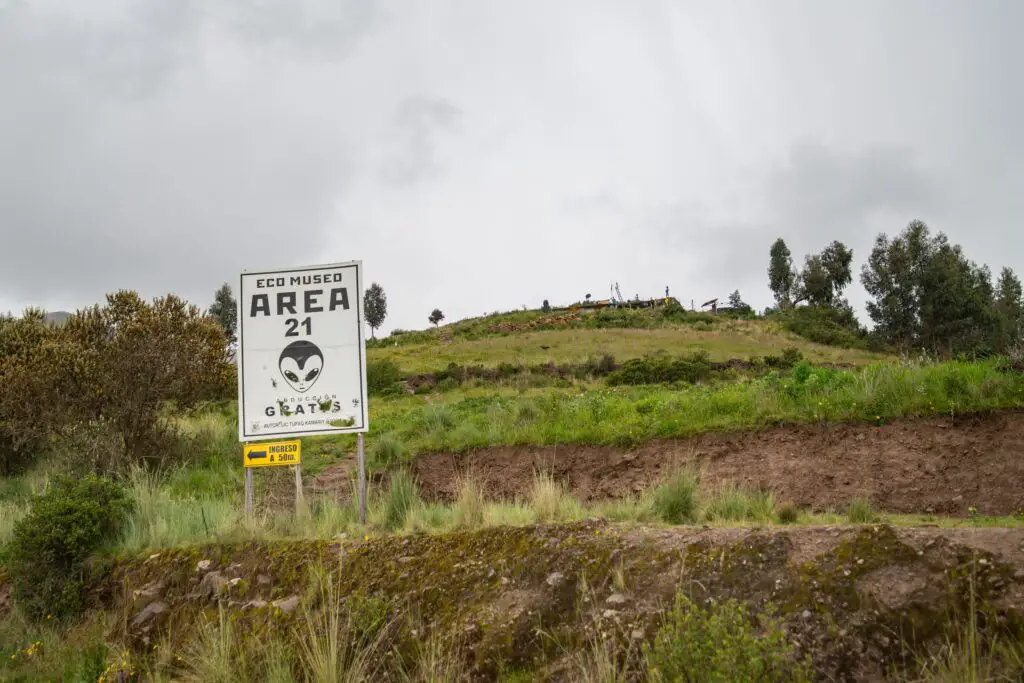
Peru is known for its mysterious ruins and ancient cultures, but it’s also home to a surprising number of UFO sightings. These unexplained phenomena are often brushed aside by tour guides, but locals in rural areas claim to have seen flying objects in the sky for years. The most famous of these sightings occurred near the Nazca Lines, where several witnesses reported seeing strange lights and crafts hovering above the desert.
Some theories suggest that the UFO sightings are linked to the ancient cultures of Peru, with some even speculating that extraterrestrials had a hand in creating the Nazca Lines. Whether you believe in these theories or not, it’s hard to deny that the frequency of sightings in the region is unusual. In a country already filled with mysteries, the UFO sightings add yet another layer of intrigue to Peru’s fascinating history.
10. Peru’s Ancient Salt Mines Still in Use
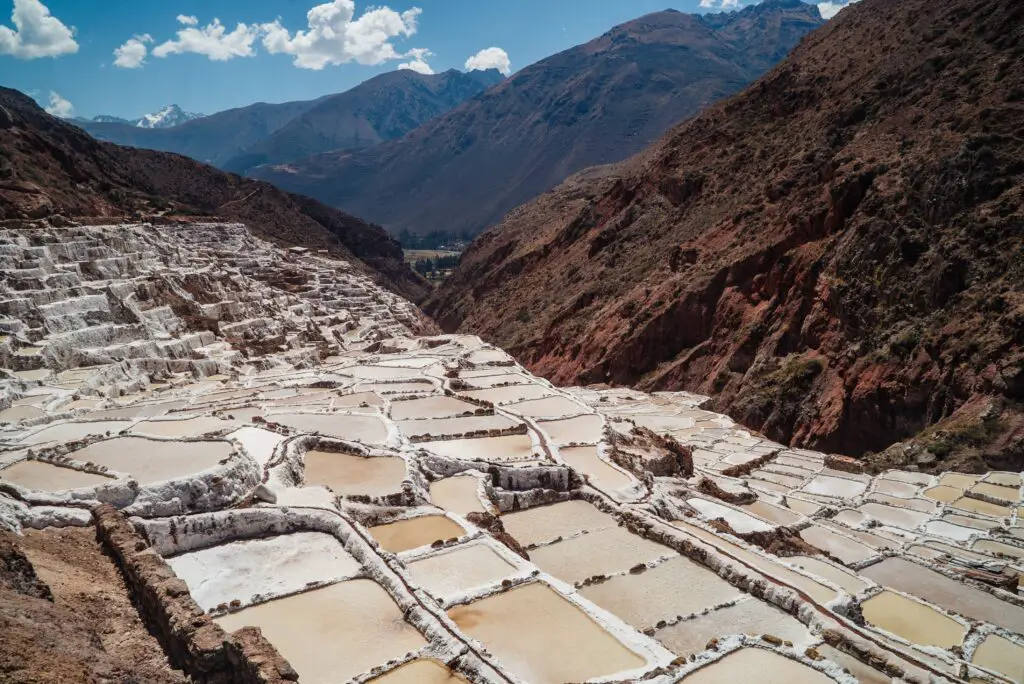
The Maras salt mines, located near Cusco, are a breathtaking sight, with thousands of terraces filled with water that evaporates to leave salt behind. While many tourists are impressed by the beauty of the site, they often don’t realize that the salt mines are still being actively used today. The practice of salt extraction in the area dates back over 2,000 years, long before the Inca Empire rose to power.
What’s even more surprising is that the salt mined here is still harvested in the same way it was by the Incas. Workers collect the salt by hand, using traditional methods that have remained unchanged for centuries. It’s a remarkable example of how ancient practices continue to thrive in the modern world, and it’s a detail that often goes unnoticed by most visitors who are too focused on the scenic beauty of the mines.
11. The Peruvian Jungle Is Home to Unusual Spirits
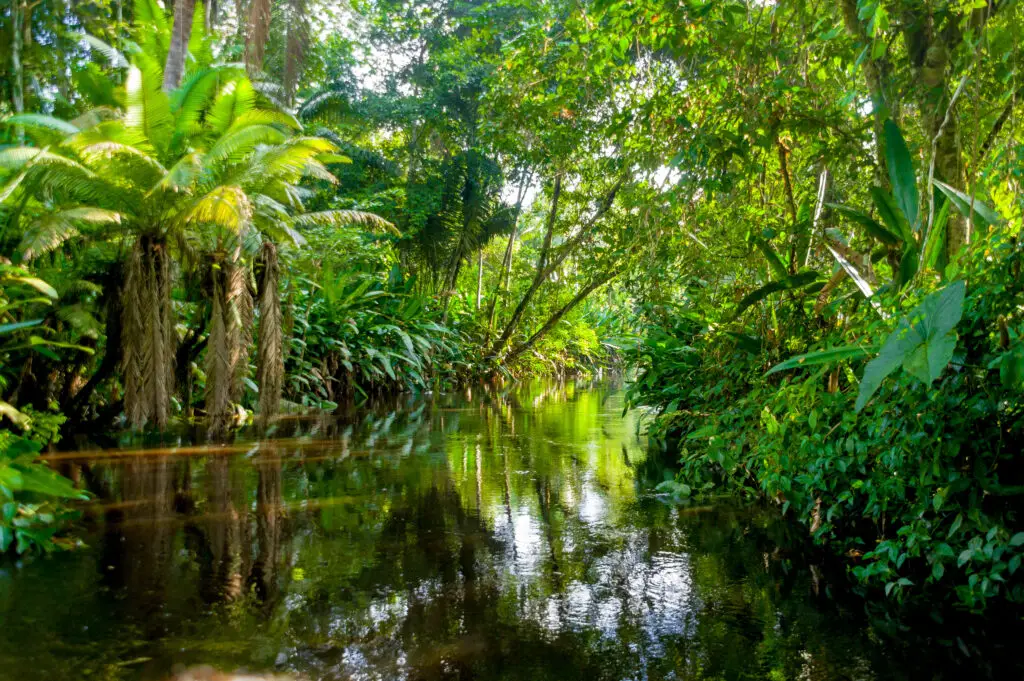
In the heart of the Peruvian Amazon, there are numerous indigenous tribes that believe in powerful spirits known as “asháninka.” These spirits, often described as guardian figures, are believed to inhabit the jungle, protecting the land and its people. While many tourists visit the Amazon to learn about the flora and fauna, they may miss the deeply spiritual connection that the locals have with their environment.
The asháninka are just one of many spiritual beings that are said to roam the Amazon. From shape-shifting entities to protectors of the sacred plants, the beliefs surrounding these spirits offer an entirely different perspective on the rainforest. It’s a reminder that Peru’s natural wonders are not just physical; they are also deeply intertwined with the spiritual lives of the people who live there.
12. Peru’s Diet is Surprisingly Diverse

While many people associate Peruvian food with potatoes and quinoa, the country’s diet is much more diverse than that. Peru boasts a rich variety of culinary traditions, influenced by indigenous cultures, as well as immigrants from China, Japan, and Europe. One of the most surprising things tourists don’t realize is that Peru has one of the world’s most unique fusion cuisines.
Ceviche is a staple, of course, but the depth of flavors in dishes like lomo saltado (a stir-fry of beef, onions, and tomatoes) and anticuchos (grilled skewers of marinated meat) reflects Peru’s incredible diversity. What makes the food scene so unique is how it has incorporated ingredients and techniques from around the world while still maintaining strong ties to its indigenous roots. As you dine, you realize that every bite tells a story of cultural exchange and adaptation.
13. The Secret to Peru’s Potato Diversity
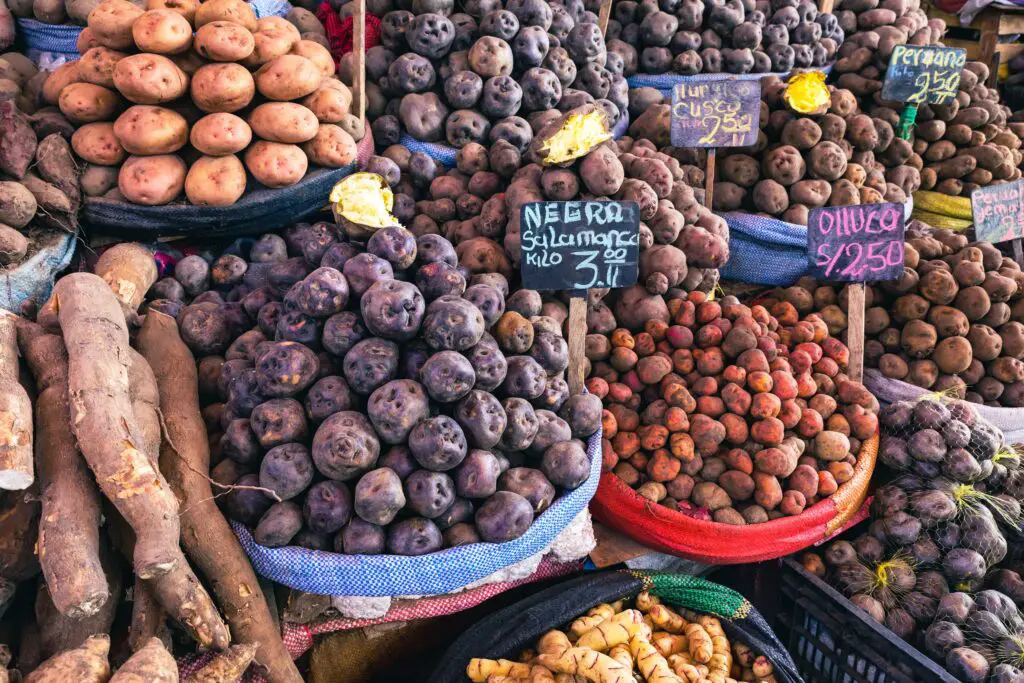
Peru is often hailed as the birthplace of the potato, but there’s an astonishing fact that most guides leave out: Peru is home to over 3,000 different varieties of potatoes. You’ll likely hear about the potatoes in the context of dishes like papas a la huancaina, but what’s often left unsaid is that each variety has its own unique taste, texture, and history. From the bright purple potatoes of the Andes to the creamy yellow ones of the coast, the diversity is mind-blowing.
The Incas cultivated many of these varieties centuries ago, and modern-day farmers continue to grow them using traditional methods. In fact, some of the potatoes are so rare that they’re only found in specific regions. If you’re lucky enough to visit one of the markets, you might stumble upon a potato you’ve never seen before, adding a new layer of appreciation to Peru’s agricultural history.
14. The Andes Mountains Have Their Own “Time”
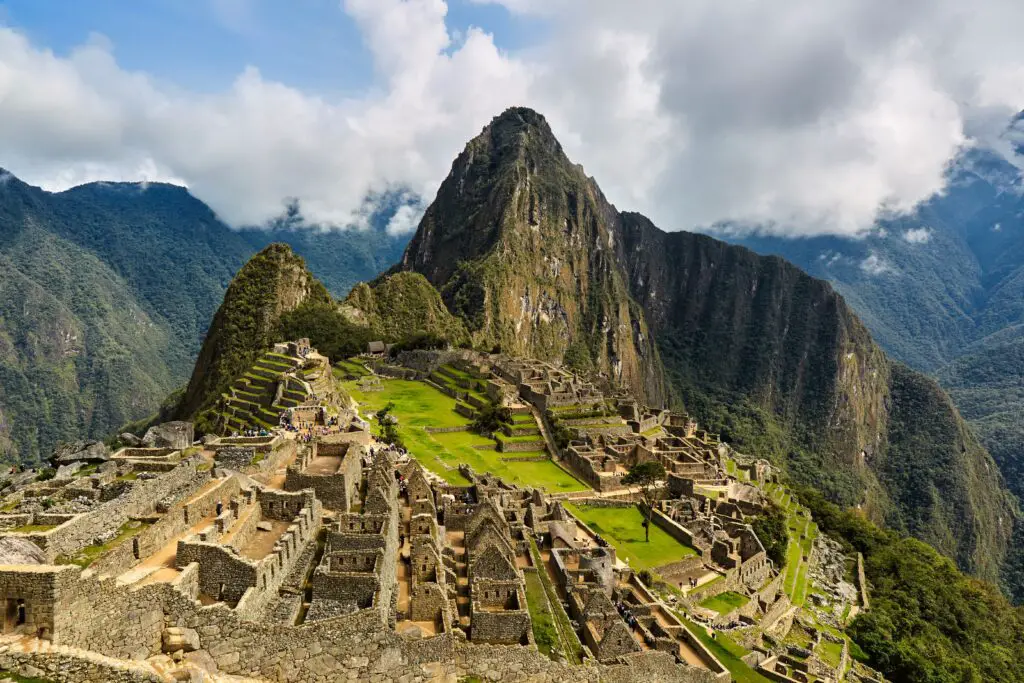
The Andes are one of the most majestic mountain ranges in the world, but there’s a strange phenomenon that you might not hear about from guides: the concept of “Andean time.” This refers to the idea that time moves differently in the high-altitude regions of Peru. Locals often operate on their own sense of time, which can seem much more fluid than what you might be used to in a bustling city.
The reason for this difference is tied to the culture’s deep connection to nature. In the Andes, life is more aligned with the rhythms of the earth and sky. It’s not uncommon for events to start late or for schedules to shift depending on the needs of the community. Visitors who are used to strict timetables might find this approach frustrating, but it’s an important reminder that in the Andes, time is a much more flexible, organic concept.
